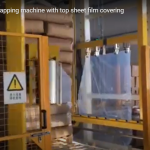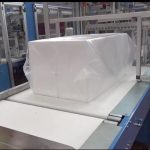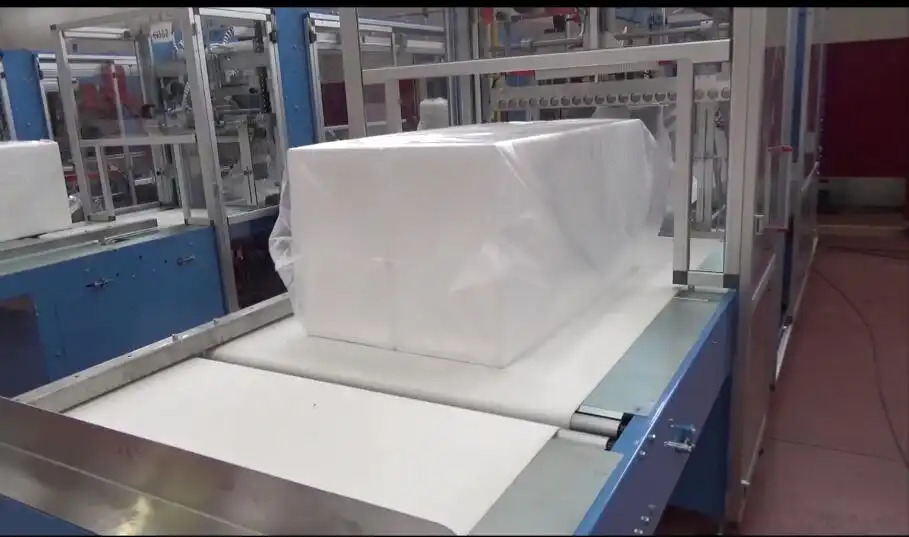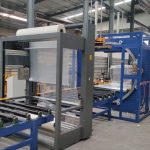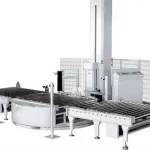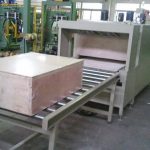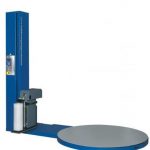Firstly, the horizontal boards are carefully positioned and aligned on a stable timber block. This block serves as a solid base and support for the boards, preventing any bending or damage during handling.
To protect the horizontal boards from external elements, they are covered with a specialized covering material. This covering material, such as a protective film or sheet, is securely placed over the boards, shielding them from moisture, dust, and scratches. The covering also helps maintain the integrity and quality of the boards throughout the packaging process.
The process of covering, wrapping, and securing horizontal boards with a timber block involves a combination of techniques and machinery to ensure efficient packaging and protection during transportation and storage.
Once the boards are covered, a wrapping process is employed to further secure the package. This can be done using stretch wrap, shrink wrap, or similar materials. The wrapping ensures that the boards remain tightly bound together, preventing any movement or shifting during transportation.
To reinforce the packaging and provide additional stability, a strapping machine is utilized. This machine applies sturdy straps or bands around the wrapped boards, securing them firmly to the timber block. The strapping creates a strong hold, minimizing the risk of the boards becoming loose or separated during transit.
The combination of horizontal board covering, wrapping, and the use of a strapping machine with a timber block creates a comprehensive and reliable packaging solution. It ensures the protection, stability, and integrity of the boards, allowing for safe transportation and storage. This packaging process provides peace of mind, knowing that the horizontal boards are well-secured and preserved until they reach their destination.
- Horizontal timber block: The horizontal timber block is typically made of strong and durable material such as wood. It serves as a foundation or base for stacking and securing timber products during transportation and storage. The block’s horizontal orientation allows for easy loading and unloading of timber, optimizing efficiency and minimizing handling risks.
- Wrapping: The wrapping process involves encasing the timber block with a suitable wrapping material such as stretch film or shrink wrap. This wrapping provides a protective layer that helps prevent moisture intrusion, dust accumulation, and potential damage caused by external factors. It also helps to stabilize the timber block, keeping it intact during handling and transportation.
- Film covering: In addition to the primary wrapping, a layer of film covering is applied to further enhance protection. This film, usually made of plastic material, is carefully wrapped around the entire package, ensuring complete coverage and sealing. The film acts as an extra barrier against environmental elements, including water, dirt, and UV radiation, safeguarding the timber block from potential degradation or deterioration.
- Strapping machine: To reinforce the packaging and maintain stability, a strapping machine is used. This machine applies sturdy straps or bands around the wrapped and covered timber block, tightening them securely. Strapping provides additional strength and structural integrity, minimizing the risk of shifting or movement during transit. It also facilitates easier handling and stacking of multiple timber blocks.

